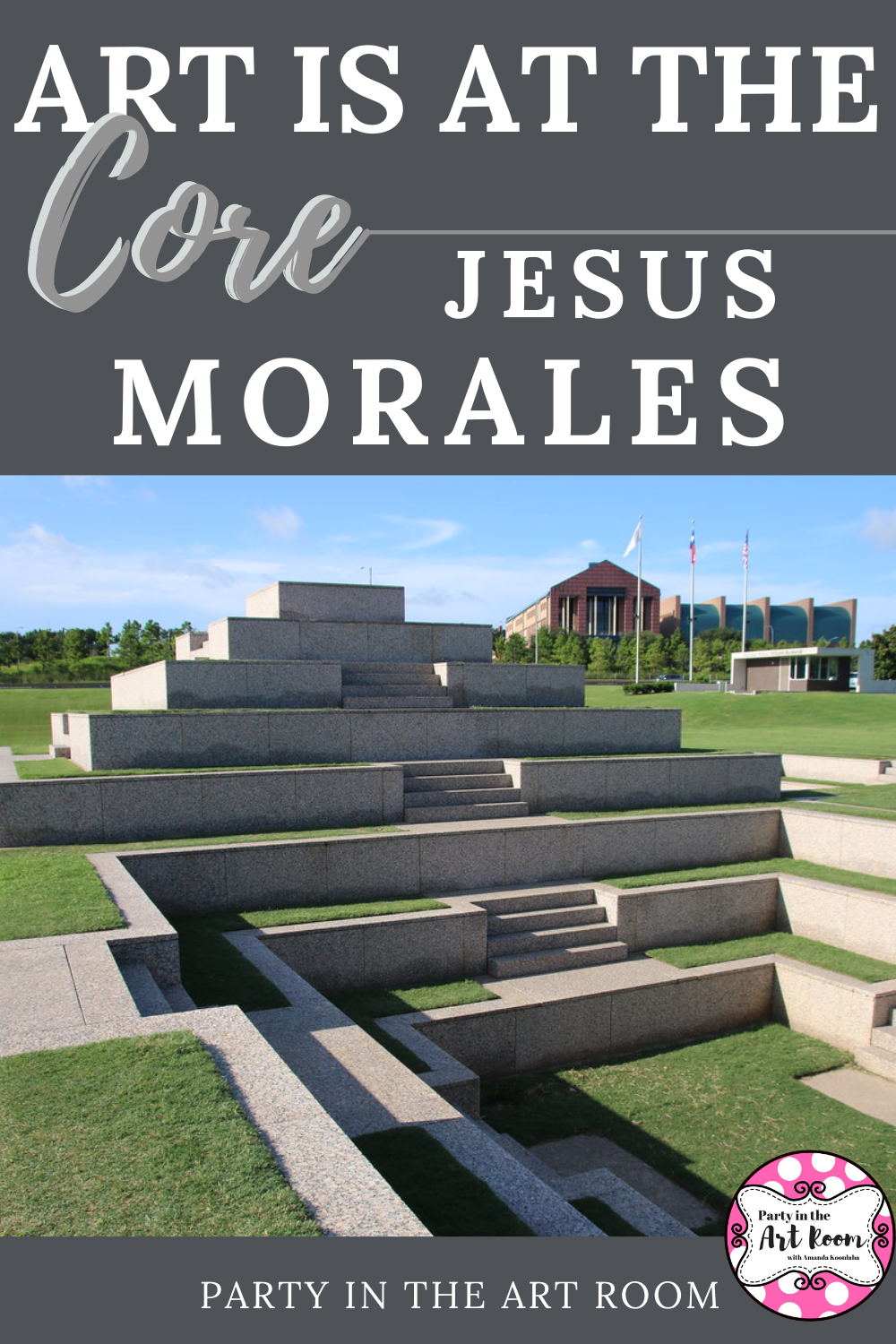4 Ideas for Integrating Morales' Houston Police Officers Memorial with Other Subjects
Art has the ability to help children think, as well as develop necessary skills that can be used in other subjects. The artwork of Jesus Bautista Morales (1950–2015) provides children with the ability to do just that. Born in Corpus Christi, Texas, he was an award-winning master sculptor of large-scale abstract granite works, with one of them being a memorial to a very important community service worker - police. Below are 4 ideas for integrating Morales’ Houston Police Officers Memorial with other subjects.
Headlines
Teaching children out-of-the-box style thinking can sometimes be a difficult task. To help introduce and/or exercise this skill, consider using Morales’ artwork as an ice breaker. For this particular activity, the exercise will be having students create a headline according to the picture they see.
First, find and print pictures of the Houston Police Officers Memorial from different perspectives. Next, have students get into groups of no more than three. Then, have them view each photo. From there, challenge them to come up with a headline to accompany the photo. Don’t worry about providing them with any detailed information about the photo. Instead, allow them to rely on their imaginative thinking.
The idea behind this activity is to activate thinking that both provokes questions and forces students to use visual information to make decisions. After a discussion about the different perspectives and headlines that allows students to verbalize their thinking, build content knowledge by providing the students accurate information about the materials used to create the work and the purpose for creation, etc.
Geology
Morales worked primarily with granite, which is an igneous rock. Obtain samples of sedimentary, igneous and metamorphic rocks. Many local stone yards will make small donations to teachers. In addition, monument and countertop businesses will often donate broken pieces and scraps. Have students observe the rocks for characteristics.
It can easily be turned into a math lesson by having students record their observations on a chart. Ultimately, they will sort the rocks into the three categories based on the observed characteristics. Then, have the students compare their findings with each other.
This will help them analyze and self-check their initial decisions about the characteristics of the rocks. Consider having students use metacognition to discuss which rocks were the hardest to identify and why.
Writing
Not every student enjoys writing, which is why it’s important to make this subject fun for those students. Once they have finished the geology activities, students can write an informational piece on the process of identifying rocks, an explanatory piece on why they identified the rocks the way they did, or a reflective piece on what they learned from the activity.
Even if you do not incorporate the science lesson into your study of Morales, students can use this work of art to drive other writing activities. They can write descriptive pieces about the Memorial. Have them research and write a biographical piece on Morales. Let them choose another of Morales’ works and develop a comparative piece.
Of course, best practice calls for carrying pieces through the entire writing process. Students should edit and revise work after receiving feedback from the teacher and their peers. They can publish their work online through whatever district resources that are available.
Designing a Memorial
All students can think of something they would like to memorialize. Note that memorials do not have to be just for something that has passed from the earth. Memorials are simply ways to commemorate. You will find that some students will have someone they have lost to memorialize, while others will have their favorite athlete or the time they won a contest. Let them be creative and pick something that is meaningful to them.
Have them design a memorial by brainstorming and sketching their ideas. Once they have settled on a design, have them use rulers and measurement to draw it to scale. Let them work with a partner to check the measurements for accuracy. They can build a model of their memorial, which will also require measurement and scaling.
This project brings another writing opportunity for students to share a personal story of what they chose to memorialize. They can also explain why they chose the design for it and how it relates to what they are memorializing.
For more in-depth talk about this subject, consider grabbing a free copy of my article “Art is at the Core: Jesus Moralex,” a publication of Arts and Activities Magazine (below) - or watch my accompanying YouTube video.
How do you incorporate artwork and other subjects? Let me know in the comments below!
